A study among 57,006 adolescents shows daily electronic vapor use has significantly increased by more than three-and-one-half times from 2015 to 2019. In 2015, daily use was significantly higher in boys (2.8%) than girls (1.1%). By 2021, it was higher in girls (5.6%) than boys (4.5%).
Tag: Chemicals
Chemicals stored in home garages linked to ALS risk
Storing chemicals in a garage at home may associate with an increased risk of ALS, a study finds. This comes as research has found that exposure to environmental toxins, such as pesticides and volatile organic compounds, are also linked to ALS development. Researchers call the buildup of exposures of the lifetime the ALS exposome.
Latest Science Shows Endocrine Disrupting Chemicals in Plastics, Pesticides, and Other Sources Pose Health Threats Globally
A report from the world’s leading scientific and medical experts on hormone-related health conditions raises new concerns about the profound threats to human health from endocrine disrupting chemicals (EDCs) that are ubiquitous in our surroundings and everyday lives.
Tattoo inks don’t match the ingredients listed on the bottle
When you get a tattoo, do you know what you’re putting under your skin? According to new research from Binghamton University, State University of New York, the ingredient labels on tattoo ink don’t match the actual substances in the bottle.
Plants transformed into detectors of dangerous chemicals
What if your house plant could tell you your water isn’t safe? Scientists are closer to realizing this vision, having successfully engineered a plant to turn beet red in the presence of a banned, toxic pesticide.
PPPL awarded $5 million to lead an Energy Earthshot Research Center focused on clean hydrogen
PPPL was selected to lead a DOE Energy Earthshot Research Center (EERC) as part of the Hydrogen Shot™, which aims to reduce the cost of hydrogen by 80%.
Cleaning products emit hundreds of hazardous chemicals, new study finds
A peer-reviewed study by Environmental Working Group scientists has found unsettling details about the potential health risks of common household cleaning products.
Animal testing under REACH: bringing numbers into the debate
Sixteen years ago, the REACH chemical regulation came into force across Europe. REACH obliges the chemical industry to identify the health risks of all chemicals used in their products.
Chula Researchers Find Chemicals in Sweat That Can Reveal “Extreme Stress and Depression” and Successfully Test Firefighters’ Mental Health for the First Time!
A team of researchers from the Faculty of Medicine and Faculty of Science, Chulalongkorn University, have found chemicals in sweat that indicate high stress and depression. The pilot study of firefighters in Bangkok yielded the results with 90% accuracy, so they are poised to conduct mental health screening in other high-stress, and high-risk groups of professions hoping to reduce mental health problems and violence in society.
How the use of chemicals and biodiversity loss are connected
Science does not take a deep enough look at chemicals in the environment as one of the causes of the decline in biodiversity.
Hair straightening chemicals associated with higher uterine cancer risk
Women who used chemical hair straightening products were at higher risk for uterine cancer compared to women who did not report using these products, according to a new study from the National Institutes of Health. The researchers found no associations with uterine cancer for other hair products that the women reported using, including hair dyes, bleach, highlights, or perms.
Studies in Bangladesh detail how e-waste recycling exposes workers to chemicals
“Discarded electronics contain a lot of different types of toxic chemicals, metals and carcinogens, which can affect the environment and human health. Our research is looking into the extent of environmental pollution and human health effects from electronic waste,” Aich says.
Where does pyrethrum come from?
Scientists are looking at ways to make more of this natural pesticide
Collaborative Nutrition and Food Research Institute Welcomes New Project Ideas
The Institute for the Advancement of Food and Nutrition Sciences (IAFNS) today is opening a free online portal for the public to submit ideas on science projects related to nutrition and food safety.
Rutgers Professor Joan Bennett Elected to American Academy of Arts & Sciences
Joan W. Bennett, a Distinguished Professor of plant biology and pathology at Rutgers University–New Brunswick, has been elected to the American Academy of Arts & Sciences. She joins neurosurgeon and CNN medical correspondent Sanjay Gupta, NASA’s Goddard Space Flight Center atmospheric scientist Ann Thompson and media entrepreneur and philanthropist Oprah Winfrey.
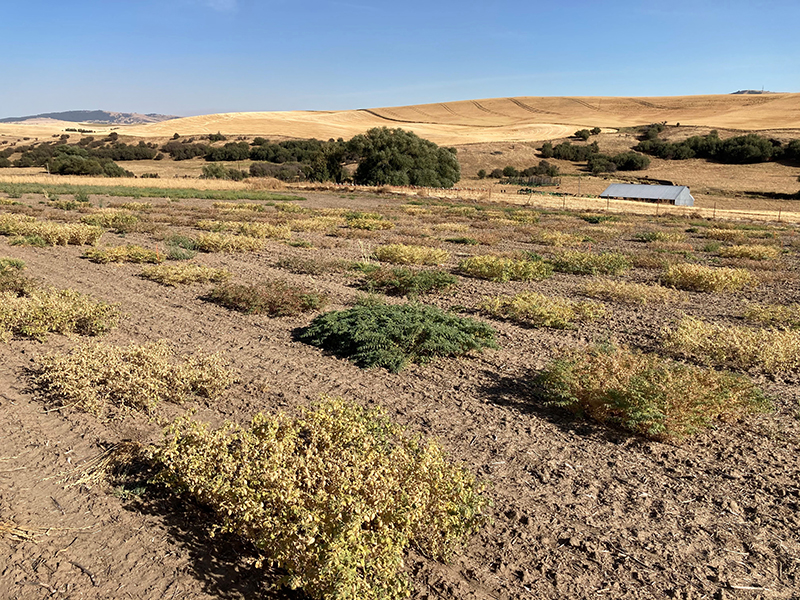
Chickpea genetics reduce need for chemicals
Researchers uncover natural disease resistance in chickpeas as a harmful pathogen develops resistance to fungicide.
Lack of Key Considerations in FDA Food Chemical Safety Process Leaves Consumers at Risk of Chronic Diseases
Today, a group of health, environmental, and consumer organizations challenged the Food and Drug Administration’s (FDA) practice of not accounting for the cumulative health effect of chemicals in the diet when allowing new chemicals in food. Over 60 years ago, Congress passed a law requiring that FDA and industry do just that. Unfortunately, an Environmental Defense Fund investigation of nearly 900 safety determinations found that only one considered the requirement in a meaningful way.

Valentine Nzengung: Making the world a safer place
Valentine Nzengung’s inventions to neutralize explosives protect humans and the environment
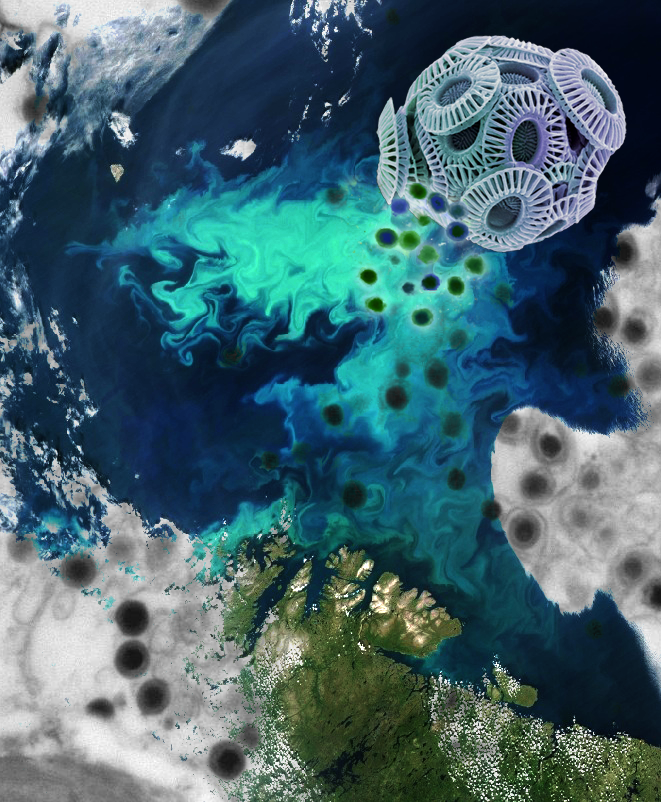
Ocean Algae Get “Coup de Grace” from Viruses
Scientists have long believed that ocean viruses always quickly kill algae, but Rutgers-led research shows they live in harmony with algae and viruses provide a “coup de grace” only when blooms of algae are already stressed and dying. The study, published in the journal Nature Communications, will likely change how scientists view viral infections of algae, also known as phytoplankton – especially the impact of viruses on ecosystem processes like algal bloom formation (and decline) and the cycling of carbon and other chemicals on Earth.
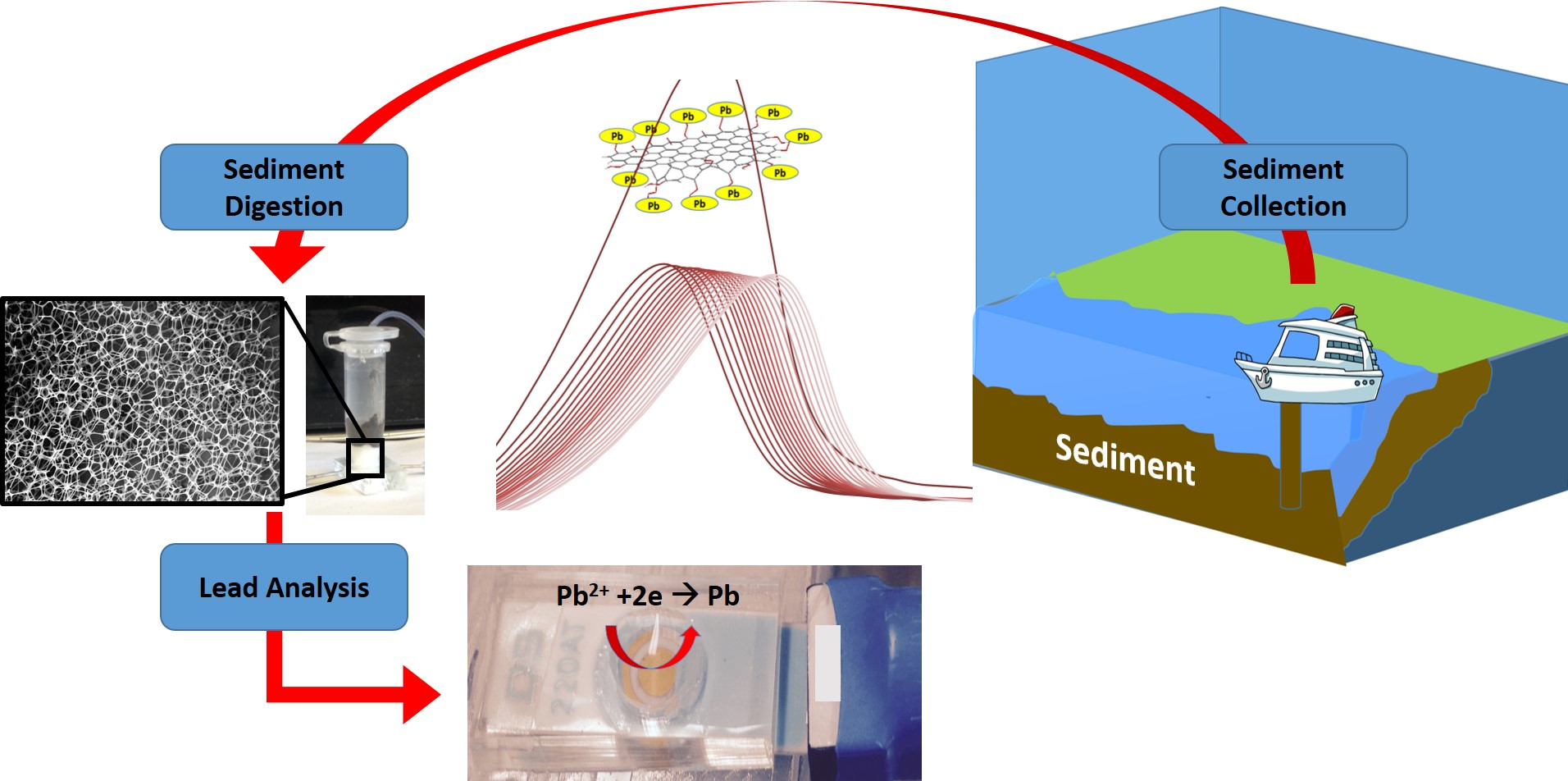
New Device Can Measure Toxic Lead Within Minutes
Rutgers researchers have created a miniature device for measuring trace levels of toxic lead in sediments at the bottom of harbors, rivers and other waterways within minutes – far faster than currently available laboratory-based tests, which take days. The affordable lab-on-a-chip device could also allow municipalities, water companies, universities, K-12 schools, daycares and homeowners to easily and swiftly test their water supplies. The research is published in the IEEE Sensors Journal.
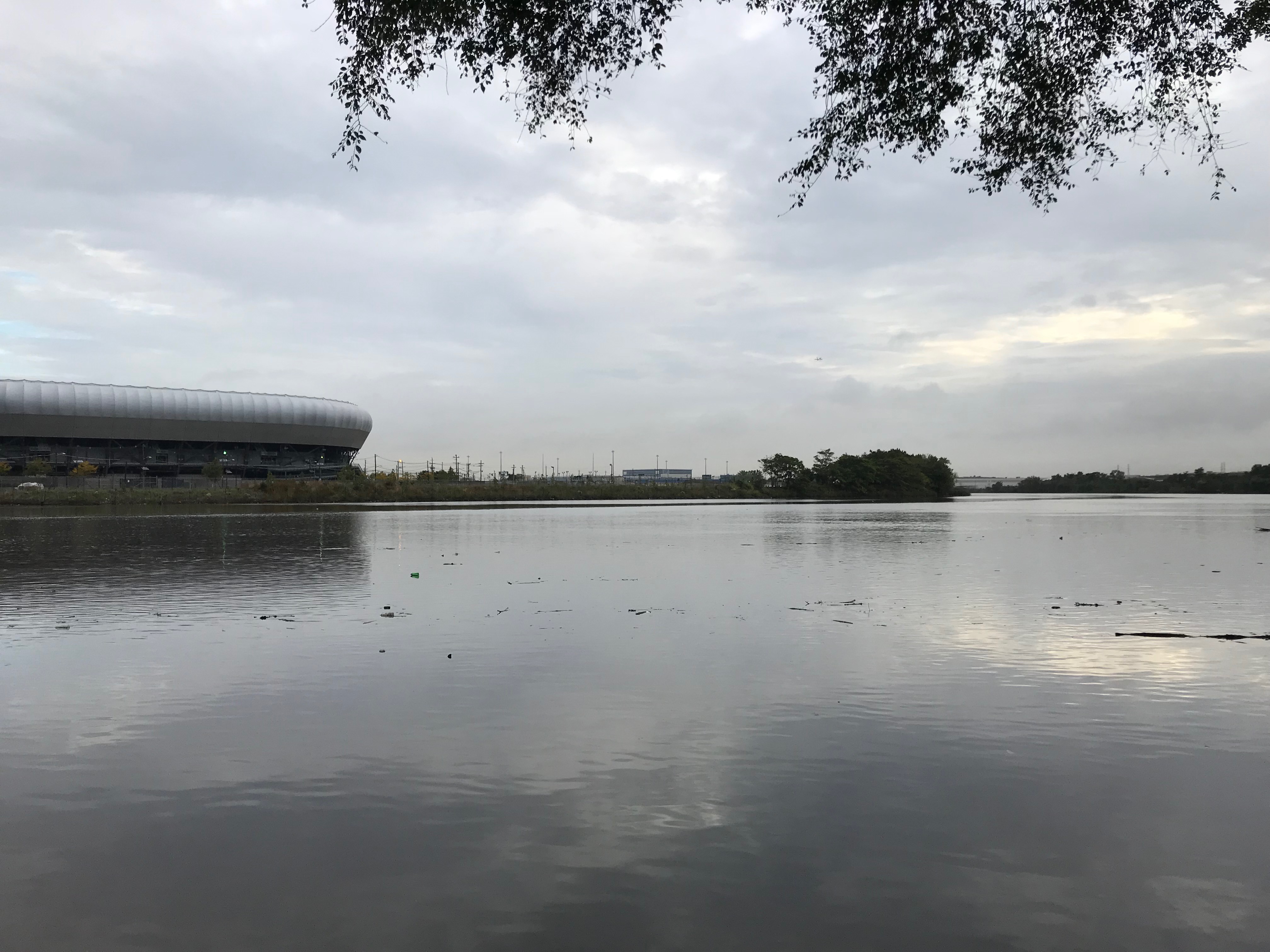
Bacteria Can Defuse Dangerous Chemical In Passaic River
Bacteria that can help defuse highly toxic dioxin in sediments in the Passaic River – a Superfund hazardous waste site – could eventually aid cleanup efforts at other dioxin-contaminated sites around the world, according to Rutgers scientists. Their research, published in the journal Environmental Science & Technology, needs further work to realize the full potential of the beneficial bottom-dwelling microbes.
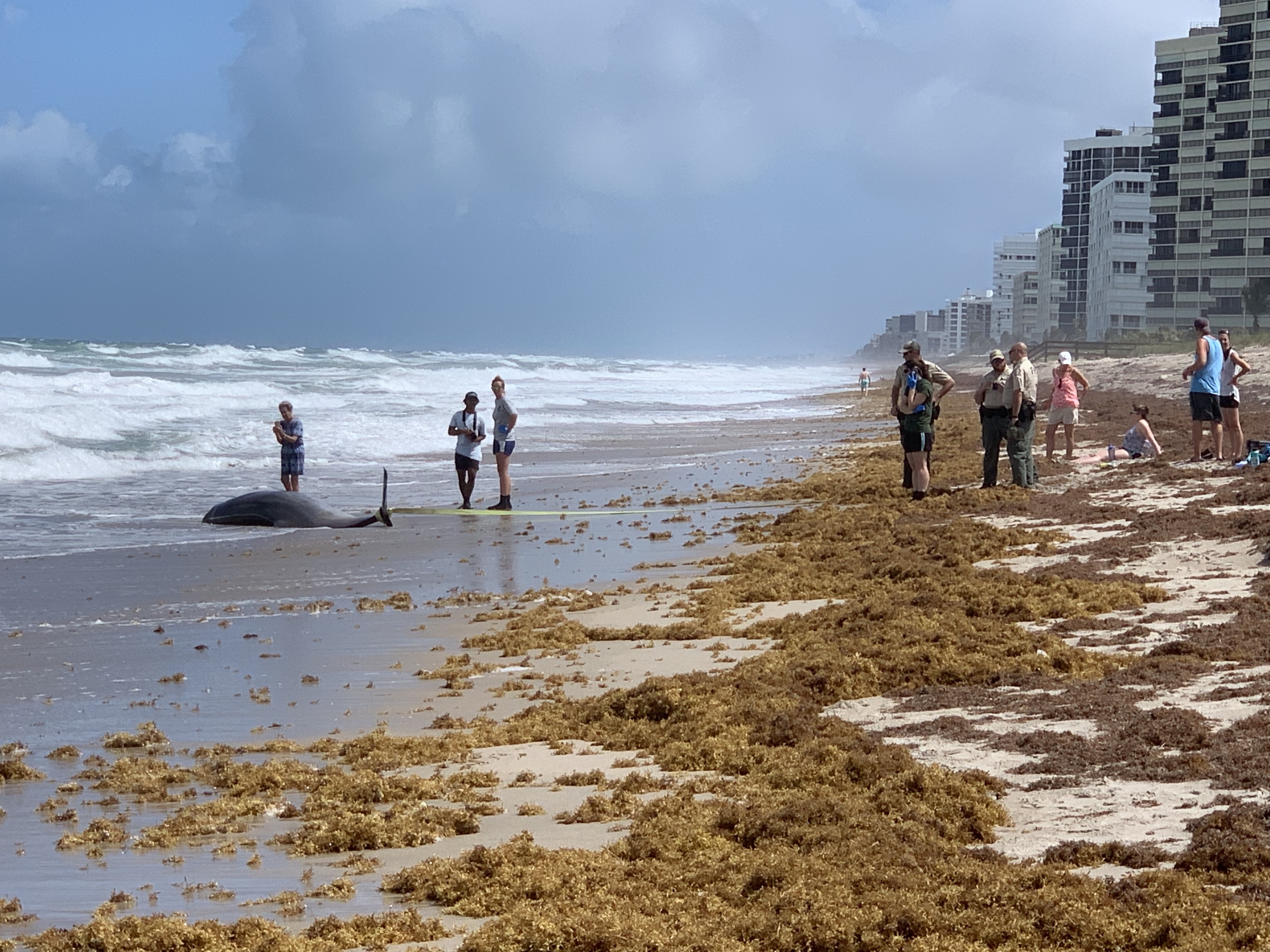
Study Finds High Levels of Toxic Pollutants in Stranded Dolphins and Whales
Researchers examined toxins in tissue concentrations and pathology data from 83 stranded dolphins and whales from 2012 to 2018. They looked at 11 different animal species to test for 17 different substances. The study is the first to report on concentrations in blubber tissues of stranded cetaceans of atrazine, DEP, NPE and triclosan. It also is the first to report concentrations of toxicants in a white-beaked dolphin and in Gervais’ beaked whales.
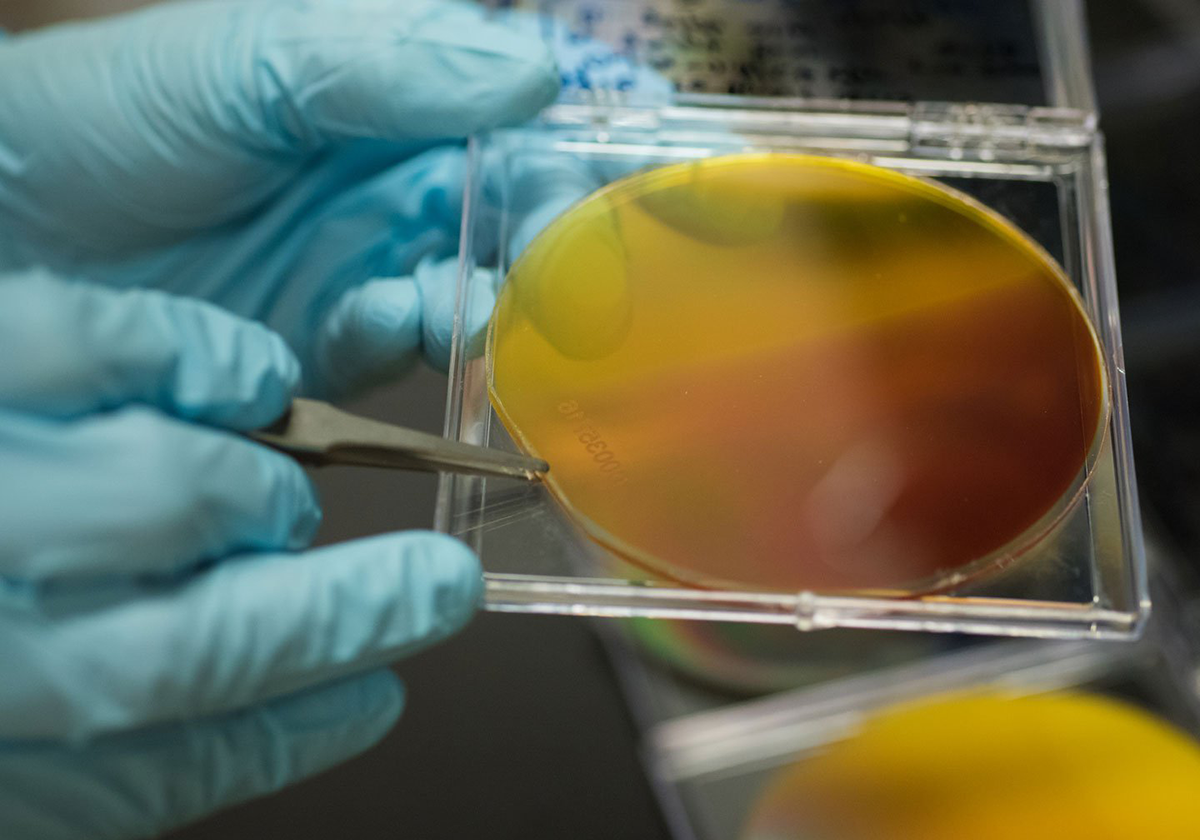
Berkeley Lab Part of Multi-Institutional Team Awarded $60M for Solar Fuels Research
The Department of Energy has awarded $60 million to a new solar fuels initiative – called the Liquid Sunlight Alliance (LiSA) – led by Caltech in close partnership with Berkeley Lab. LiSA will build on the foundational work of the Joint Center for Artificial Photosynthesis (JCAP).

Seafood Products Made From Cells Should be Labeled Cell-Based
Companies seeking to commercialize seafood products made from the cells of fish or shellfish should use the term “cell-based” on product labels, according to a Rutgers study – the first of its kind – in the Journal of Food Science. Both the U.S. Food and Drug Administration and U.S. Department of Agriculture require food products to have a “common or usual name” on their labels so consumers can make informed choices about what they’re purchasing.
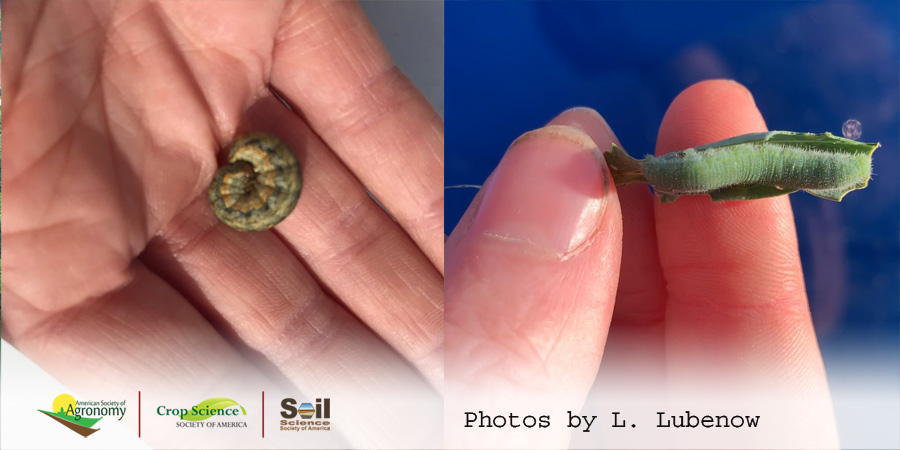
How do farmers and agronomists determine which pests need to be managed?
Using integrated pest management to decide if pesticide is warranted
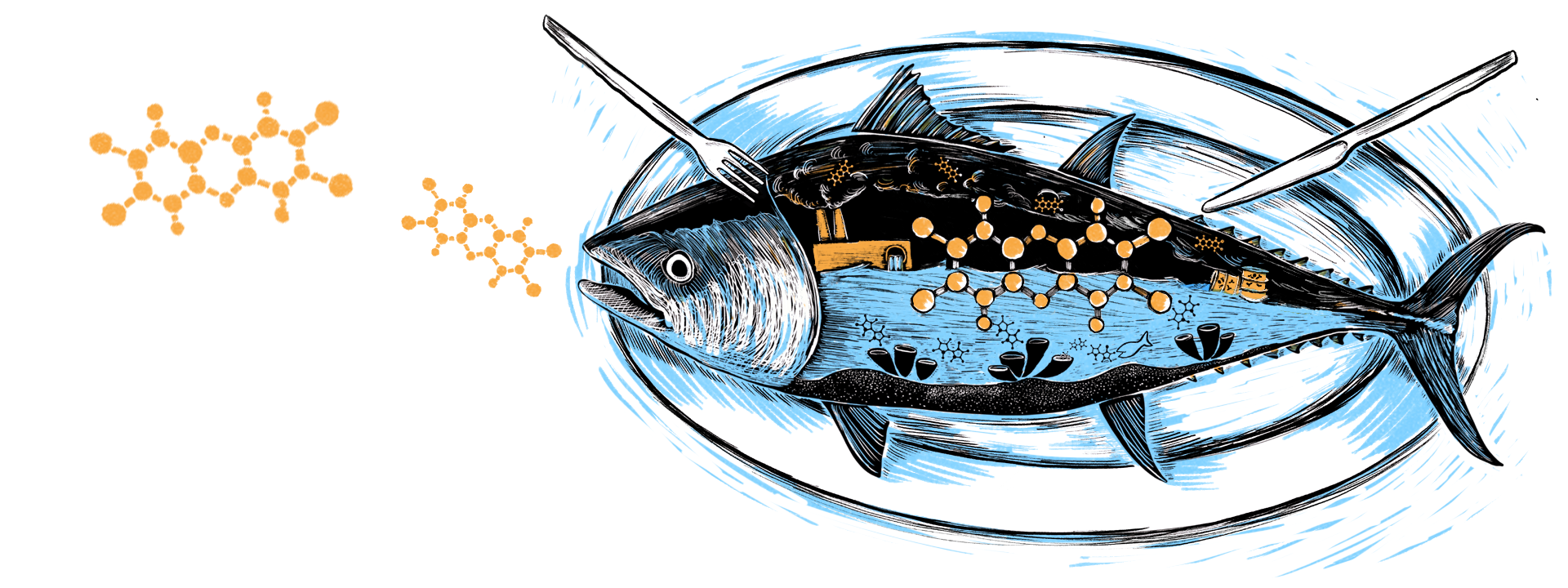
Are natural toxins in fish harmful?
Researchers investigate ‘PCB-like’ chemicals made by Mother Nature
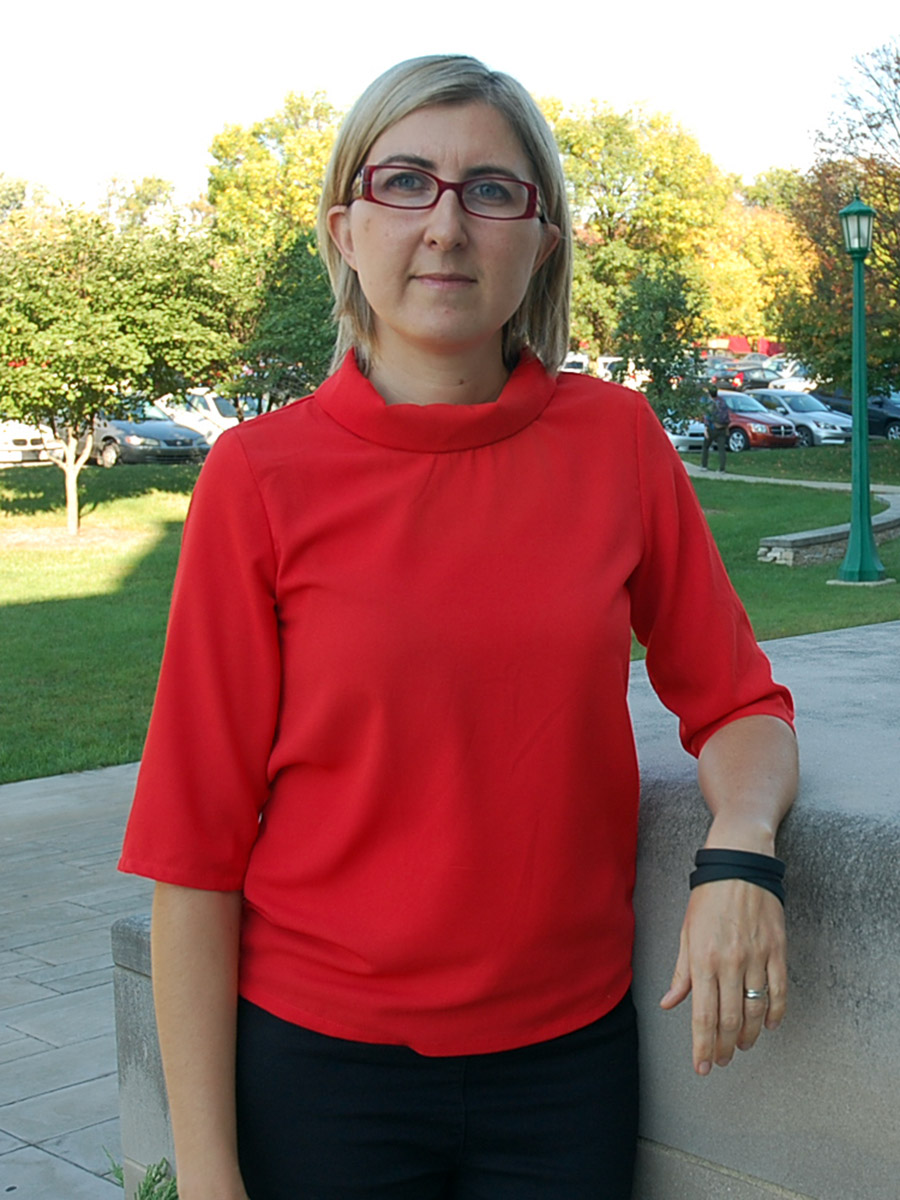
PFAS in carpets a major exposure source for children
Children can be exposed to a toxic medley of per- and polyfluorinated chemicals (PFAS) from carpets, according to a new study by IU researchers.
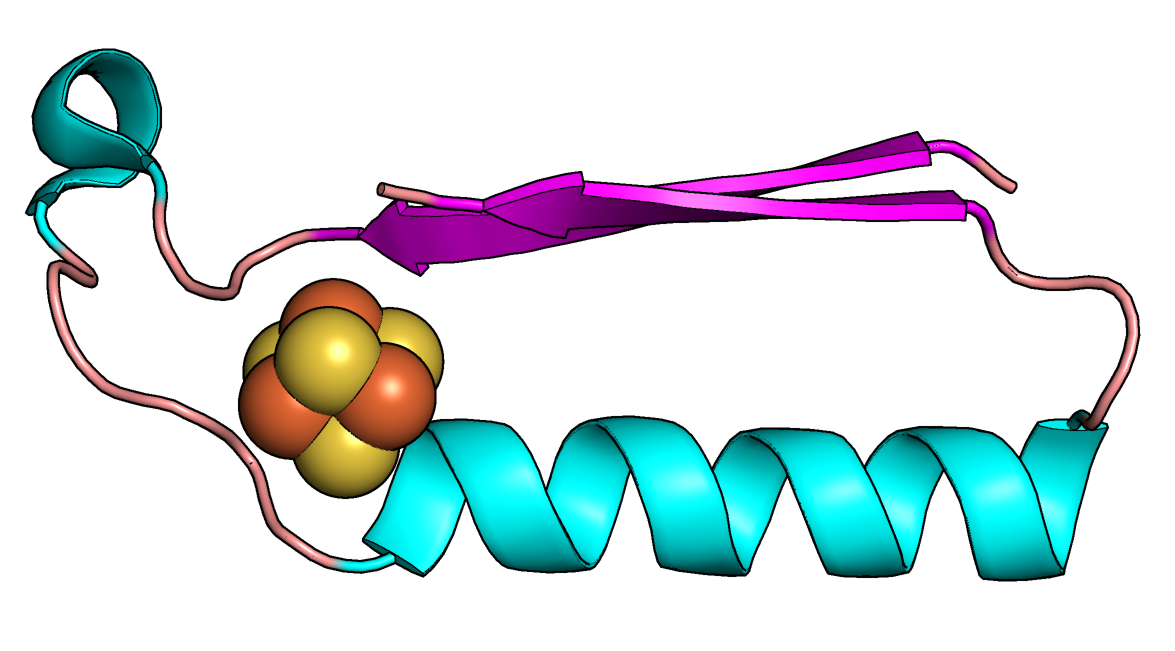
Scientists Have Discovered the Origins of the Building Blocks of Life
Rutgers researchers have discovered the origins of the protein structures responsible for metabolism: simple molecules that powered early life on Earth and serve as chemical signals that NASA could use to search for life on other planets. Their study, which predicts what the earliest proteins looked like 3.5 billion to 2.5 billion years ago, is published in the journal Proceedings of the National Academy of Sciences.
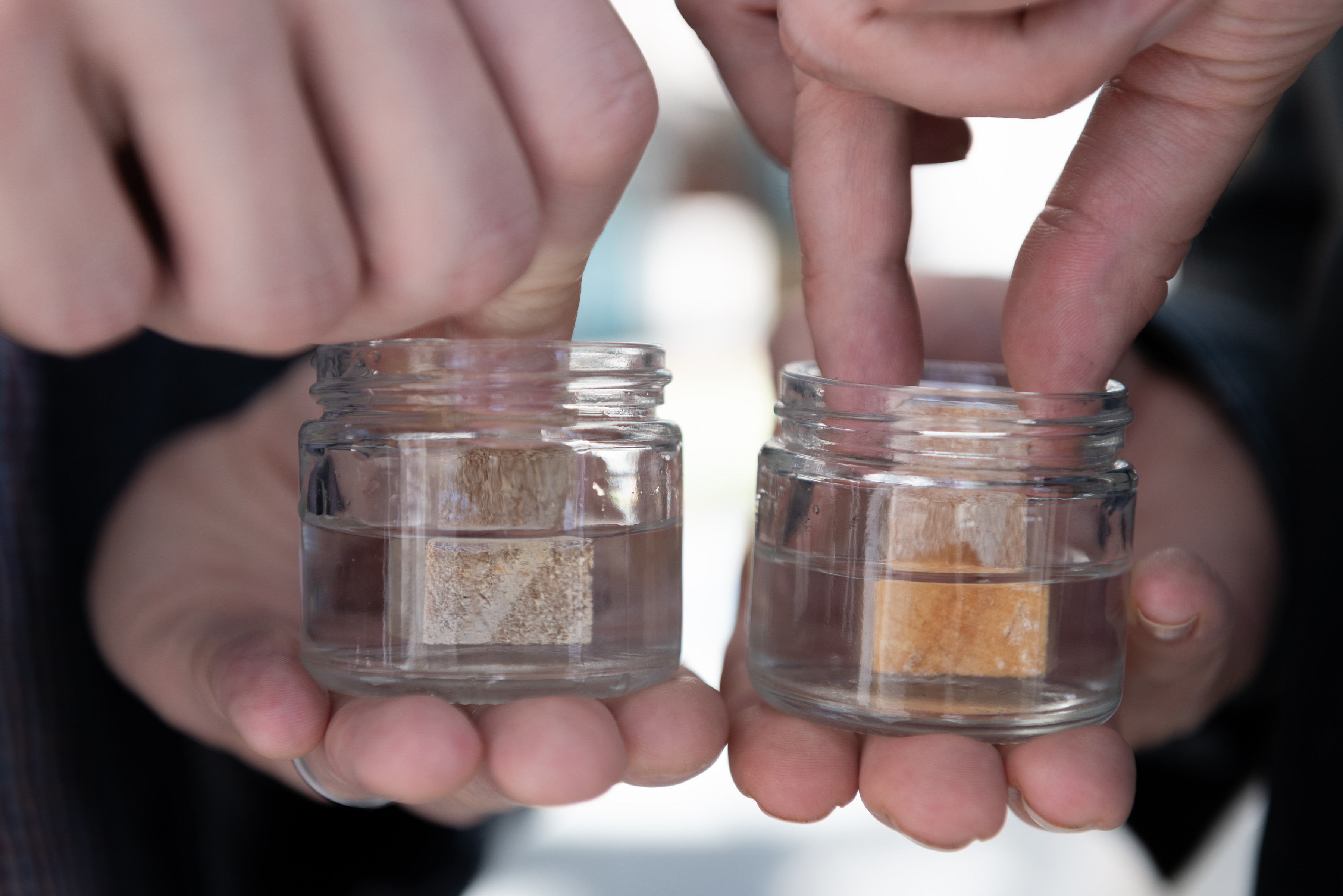
New Process For Preserving Lumber Could Offer Advantages Over Pressure Treating
Researchers have developed a new method that could one day replace conventional pressure treating as a way to make lumber not only fungal-resistant but also nearly impervious to water – and more thermally insulating.
ANTIOXIDANT REVERSES BPA-INDUCED FERTILITY DAMAGE IN WORMS
At a glance: Treatment with a naturally occurring antioxidant, CoQ10, restores many aspects of fertility in C. elegans worms following exposure to BPA. Findings offer possible path toward undoing BPA-induced reproductive harms in people. Although CoQ10 is available over the counter, it is not yet clear whether the compound could improve human fertility or do so safely.
LLNL develops 3D ‘brain-on-a-chip’ device capable of long-term recording of neural activity
Lawrence Livermore National Laboratory engineers and biologists have developed a “brain-on-a-chip” device capable of recording the neural activity of living brain cell cultures in three-dimensions, a significant advancement in the realistic modeling of the human brain outside of the body.
Rutgers Experts Available to Discuss How Robots Enable Chemical Exposure Assessment
New Brunswick, N.J. (Jan. 27, 2020) – Robots can be programmed to perform tasks such as painting to generate exposure data on potentially harmful contaminants, according to a study in the Journal of Exposure Science & Environmental Epidemiology that was co-led…